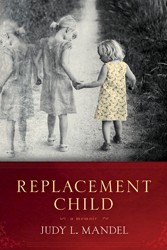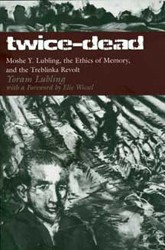To Yoel Hoffmann, assembling a life story is like trying to gather up an infinite number of pearls from a broken string and collecting “at most a hundred.” This unconventional autobiography evokes a life lived in Israel and Japan in exactly one hundred dreamlike vignettes, each one related to but disconnected from the next.
Hoffmann’s memories are as much sensory impressions, free associations, and flights of imagination as they are “facts.” For him a traditional narrative would be artificial and untrue to the experience of living; he sees cause and effect as an illusion. “We run into each other like balls on a billiard table, and the only thing left is the sound of the knocking,” he reflects.
Sound, color, the willful peculiarities of memory, and the surreal qualities of the imagination constantly fascinate the writer, much like cartoons. He remembers one where “the cat’s heart flew out of its body (it was attached by a spring) because of the love that the body has trouble containing.” That wonderful phrase, in Peter Cole’s lapidary translation, has the compression and humanity that are characteristic of Hoffmann’s account of a life. Death is also on his mind, as in a heart-stopping sequence of haiku he imagines in the minds of people about to be murdered at a Nazi death camp.
This laconic book is astonishing in its control, formal invention, wide-ranging interests, and its power to provoke and to touch.
Bob Goldfarb is President Emeritus of Jewish Creativity International.




